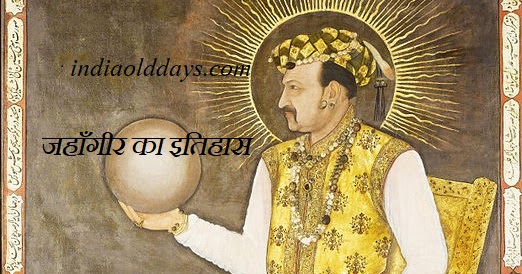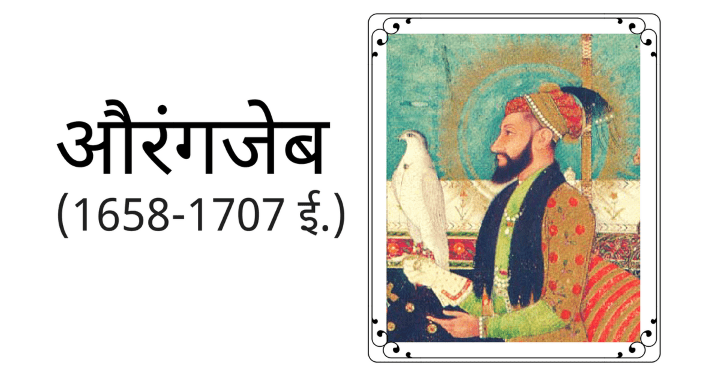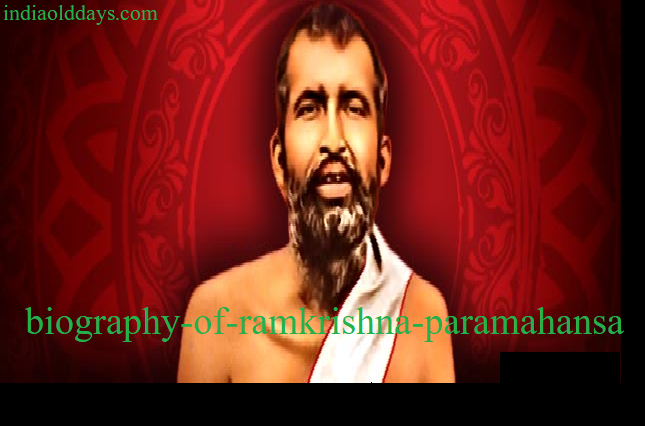Indian National Congress session
The national word was added in the name of Congress in the Nagpur session of Congress (1891).
Bankim Chandra Chatterjee sang the song “Vande-Mataram” composed by him in the Calcutta session of the Congress of 1896.
Dada Bhai Nauroji mentioned Swaraj for the first time in his speech in the Calcutta session of Congress (1906).
The first partition of the Congress took place in the Surat Session of the Congress (1907). This session was presided over by Ras Bihari Bose.
National Anthem “Jan Gan Man” composed by Ravindranath Tagore was sung for the first time in the Calcutta session of Congress (1911).
The divided faction of the Congress unite in the Congress session of Lucknow (1916), and the Lucknow agreement held between the Congress and the Muslim League.
The Lucknow session of the Congress (1916) was chaired by Ambika Charan Mazumdar.
Non-cooperation was proposed by Gandhiji at the Calcutta session of the Congress of 1920. This session was presided over by Lala Lajpat Rai..
The goal of achieving self-government with constitutional methods was changed by the goal of achieving Swaraj with non-violent and proper ways in the Nagpur session of Congress (1920).
C.R. Das was elected the president of the Ahmedabad session of Congress (1921) but due to his being in jail, Hakim Ajmal Khan chaired the session.
All India Khadi Board was established at Kakinada Conference held in 1923.
For the first time in the Guwahati Conference of Congress in 1926, it was mandatory to Congress workers to wear khadi.
It was decided for the first time in the Lahore session of Congress (1929) to celebrate January 26 as Independence Day on each year.
Proposals related to national economic programs and fundamental rights passed in the Karachi Convention of Congress (1931). The Karachi proposal passed in this conference was a document of the fundamental political and economic policies of the Congress.
In the Lucknow session of Congress (1936), president Pt. Jawaharlal Nehru first interpreted communism in scientific and economic terms.
The Congress session of 1938 took place in the village named Haripura, which was headed by Subhash Chandra Bose.
Subhash Chandra Bose once again was elected to the post of President in the 1939 Tripuri Session of the Congress, Subhash Chandra Bose resigned from the presidency due to Gandhi’s opposition to the defeat of Candidate Pattabhi Sita Ramaiya proposed by Gandhiji. For the remaining session, Dr. Rajendra Prasad was appointed as the Chairman.
The resolution of personal satyagraha passed in the Raigarh session of Congress(1940).
Dr. Rajendra Prasad was the president of Indian National Congress at the time of India’s independence.
Mrs. Anni Besant (1917) was the first woman president of Congress.
Mrs. Sarojini Naidu was the first Indian woman president of Congress (1925).
Mahatma Gandhi chaired the Belgaun session of Congress (1924).
The first Muslim president of the Congress was Badruddin Tayyabji. (1887)
The first British president of Congress was George Yule (1797).
Most of the time Dada Bhai Nauroji and Pandit Jawaharlal Nehru chaired the Congress.
The first joined session of the Congress and the Muslim League took place in Lucknow (1916).
Maulana Abul Kalam Azad received the honor of being the youngest president of Congress.
Reference : https://www.indiaolddays.com/





